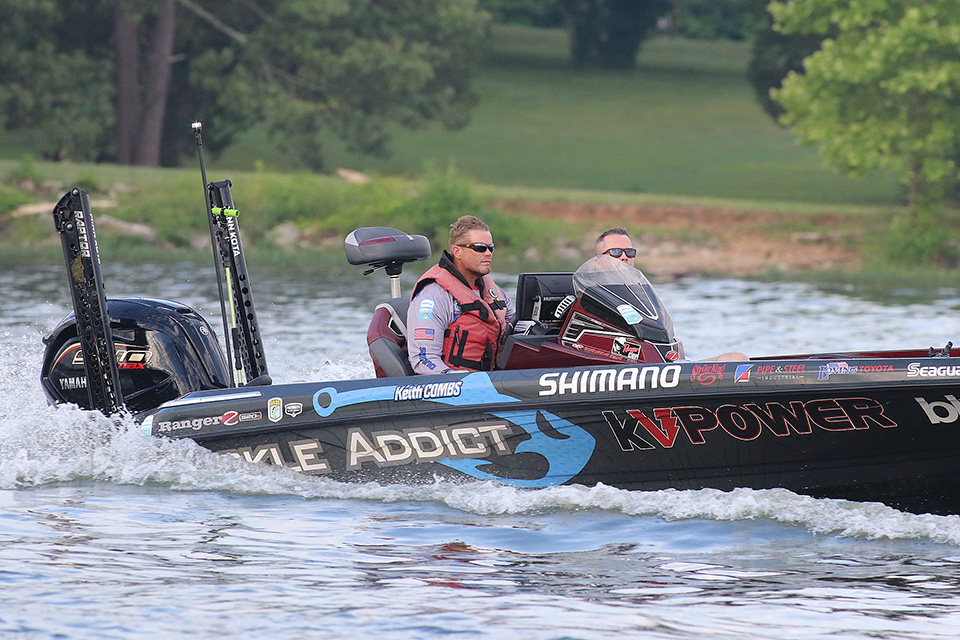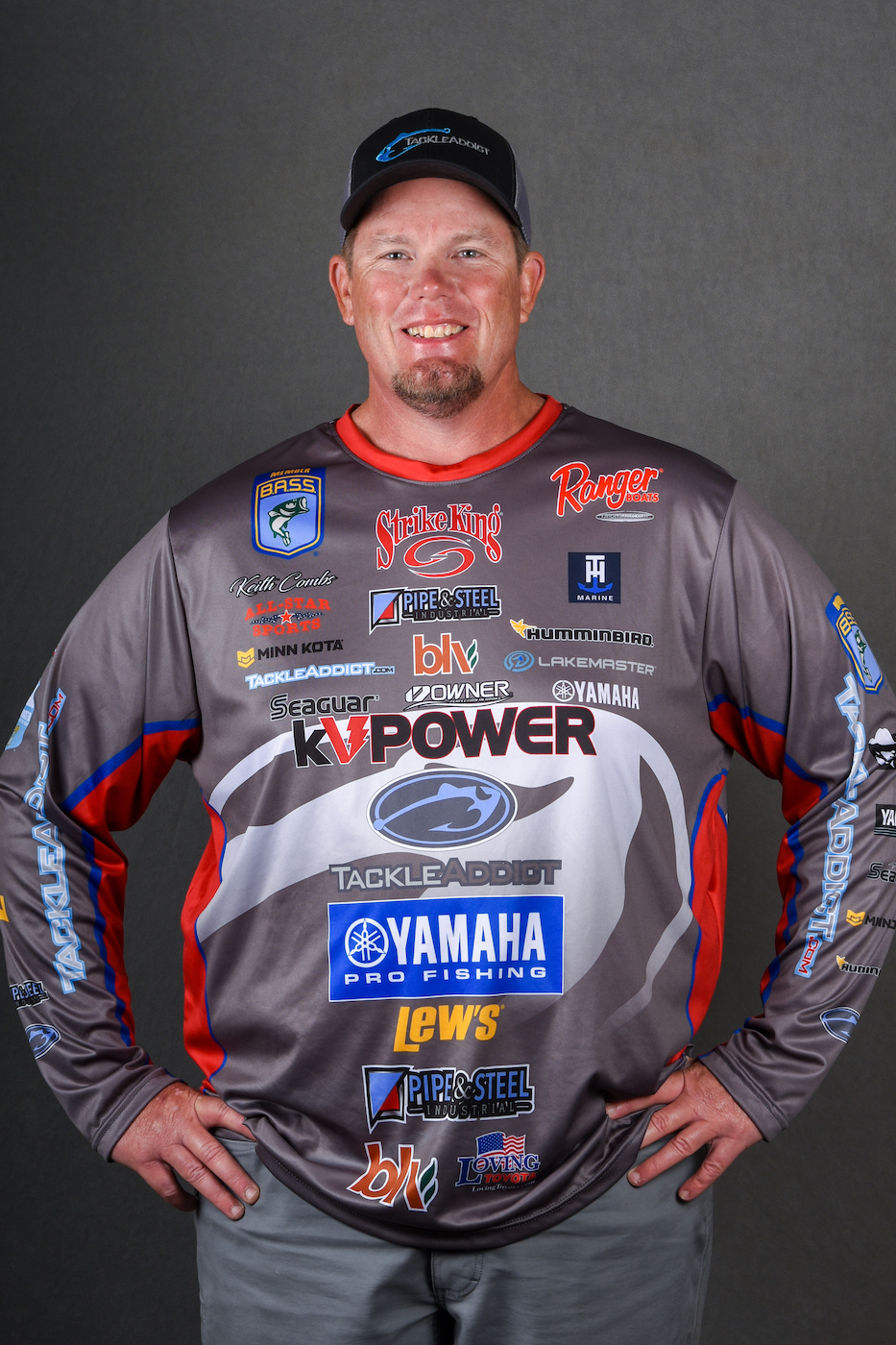
When the Bassmaster Elite Series schedule comes out each year, one of the first things I do is look to see if the St. Lawrence River is included, and then I circle it if it’s there. I think this week’s tournament there will be my eighth visit to the border fishery, and it never gets old. Even when it’s “tough” by local standards, it’s still pretty incredible.
When we first started going there, the storyline was often whether the winning catch would consist of largemouth or smallmouth. That question has pretty much been settled – while largemouth occasionally produce a Top 10 finish, you almost always need smallmouth to win. Nevertheless, that’s the only near-certainty we’ve got. That’s because the tournament always plays out just a little bit differently, even under the same conditions and at the same time of year.
For example, we know that a drop shot will be a player in this event, but that doesn’t mean it’s the only game in town. I’m sure fish will be caught on a crankbait, a jerkbait and a spinnerbait too. Some will be caught deep, and some will be shallow. Some will be in the current, and others will be back in the bays. We’ll even have some sight fishing going on. There simply aren’t too many fisheries of that quality where you can expect to see different patterns and techniques show up in the Top 10 every time.
In 2017 the tournament was won on a spybait, but despite similar conditions in subsequent tournaments, that hasn’t been repeated. There are lots of factors at play including the severity of the preceding winter, the water levels and all sorts of other variables. I’ve mostly fished in the river up until now – a milk run over 70 miles of water – and I can tell you that certain sections get hot and then cool off and then get hot again from one year to the next.
Of course, all of the varied fishing options mean that it’s easy to get confused, especially if you’re a first timer. There’s a ton of history on the place, and it’s been documented so well that there aren’t many secrets left. This year we’ll have even more fishable water – 80 or 90 miles of river, plus the lake. The Canadian side is back in play. That makes it hard to avoid trying to do too much.
One thing that has occasionally troubled me is the failure of certain areas to replenish. Usually when there’s current – and the St. Lawrence has more of it than just about anywhere else we fish – prime areas tend to reload regularly. On the St. Lawrence it’s hit or miss. You never know what you’re going to get.
This year we’re going out of Clayton instead of Waddington. That means that many of the biggest bags will come out of the lake or the areas closest to the lake. That was also true when we went out of Waddington, with multiple competitors driving 90 minutes each way to get to their best fish. Now more people will make the commitment. That lake is a powerful draw, but if the wind blows or the weather otherwise gets nasty it can bite you bad. I’m going to try to practice out there and keep my river spots as backups, but I’ll also try to keep an open mind.
Will we see a four-day winning weight of 100 pounds of smallmouth? We’ll certainly be close to where they live, but whether one of us will finally break that mark depends on a variety of factors – such as what phase of the postspawn they’re in. Things change so quickly from week to week on the St. Lawrence that a slight scheduling difference can have a massive impact. That said, if an angler gets dialed in and the weather cooperates, it’s possible to catch 100 pounds at any time. They live there. That’s why it’s so much fun to go back again and again.





